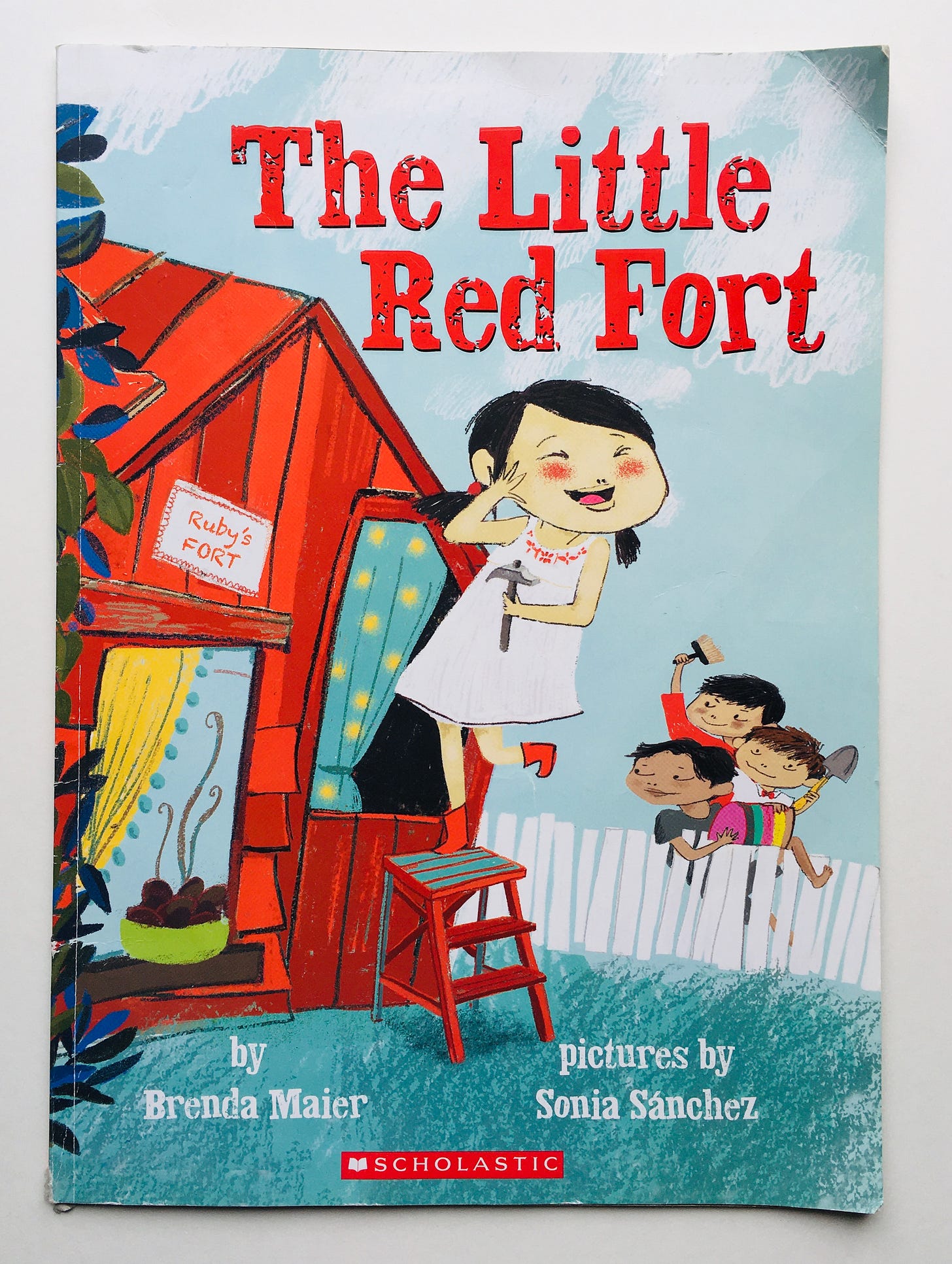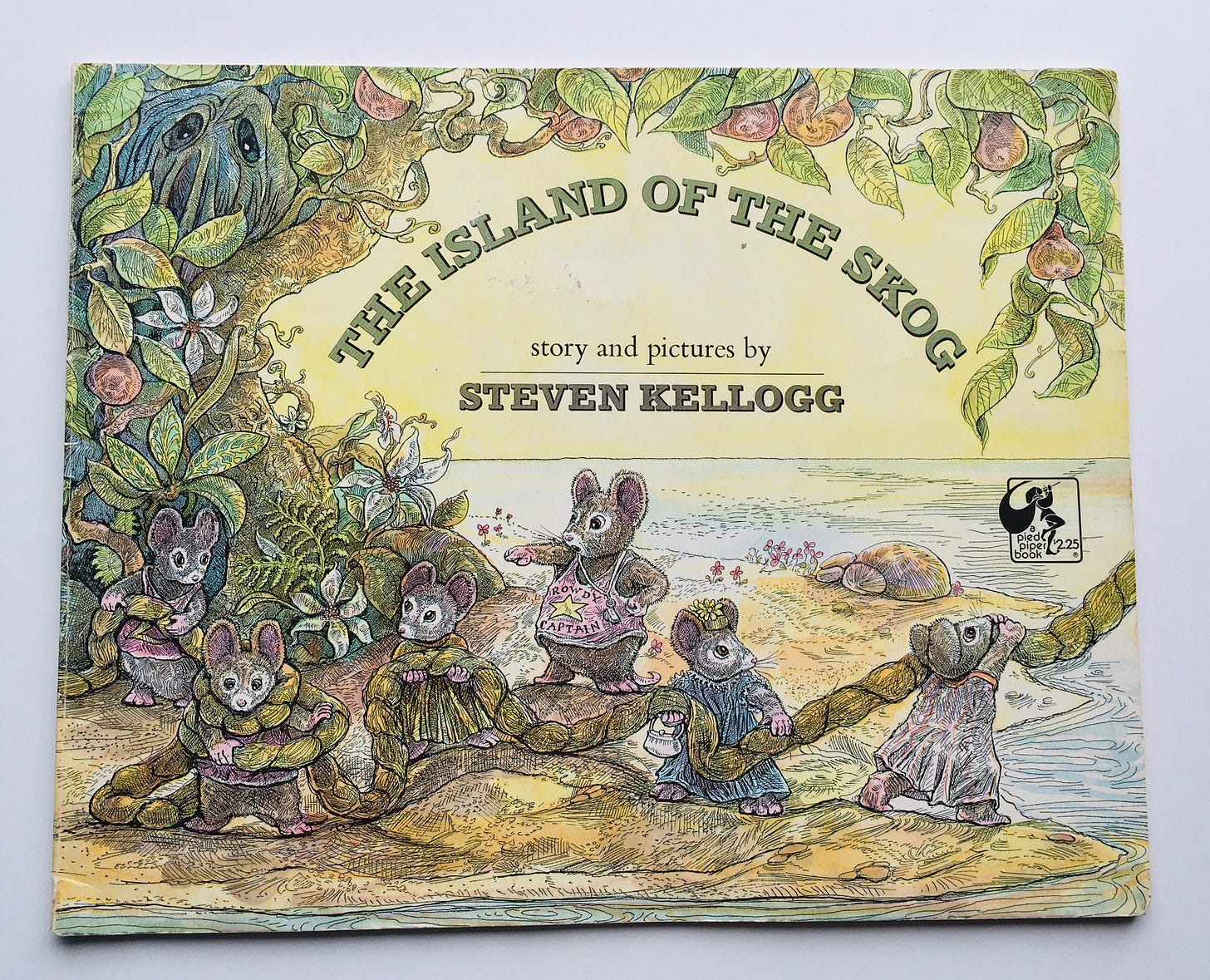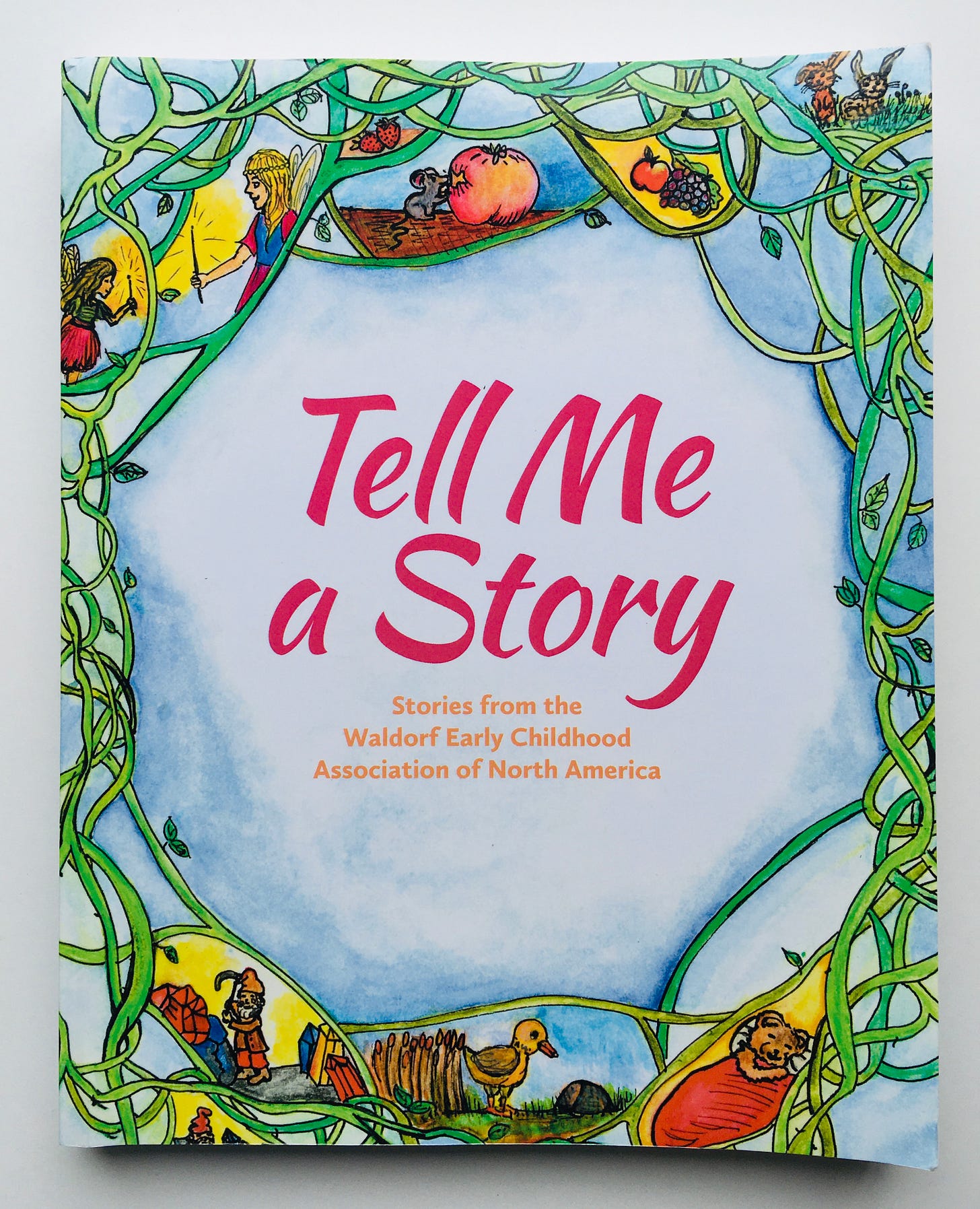Can we read? No.10
WHERE AM I? 🛰
I am not on vacation this week. That’s next week. It seems I can no longer locate myself in time and space and possibly the rules of physics do not apply inside my mind.
No coherent paragraph is forthcoming (she pointed out the obvious) so let’s just do this thing.
The Little Red Fort by Brenda Maier, illustrated by Sonia Sanchez (2018)

“The Little Red Hen” is a classic folktale for a reason — it’s a teaching story with a good wholesome moral, told in a repetitive way that makes it satisfying for children and adults alike (The Little Golden Book version by Diane Muldrow and J.P. Miller is my favorite). But the traditional ending has always bothered me — when the hen’s companions ask her for some of the bread that she has worked entirely on her own to make, without the help they have repeatedly denied her, she refuses them, telling them curtly, “No, I will eat it myself.” It’s not that she’s wrong, exactly — it’s clear to even a child (and that’s the point, of course) that if you aren’t willing to do the work, you don’t deserve to reap the rewards — but something has just been missing for me there, a lack of resolution. When I found Brenda Maier’s retelling a few years ago, it was a relief to see that her spin on this tale solves the problem of the ending so beautifully. Here, a little girl named Ruby has an idea to build a fort. She asks her brothers to join in, but they refuse: “‘Not me,’ said Oscar Lee. ‘I don’t think so,’ said Rodrigo. ‘No way,’ said José.” So she ends up doing everything herself. But instead of the terse, though deserved, ending of old, Maier’s revision is filled with self-reflection, gestures of repair, forgiveness, and real resolution for everyone involved. The other ways that Maier swerves from tradition here are refreshing as well: Ruby’s family is Latinx, and it’s her mother and grandmother who help her with the more challenging aspects of the woodworking. Sánchez’s bright-colored, rough-edged modern illustrations add to the fresh-twist feeling. All that combined make this an outstanding — dare I say even better than the original — title.
Jamela’s Dress by Niki Daly (1999)

Jamela is a sweet, curious little girl living in an unnamed country in Africa. Her mother, preparing to attend a friend’s wedding, goes to buy a very special and very expensive fabric out of which to make a new dress. Jamela helps to prepare the fabric, washing it and hanging it out on the line, but when Mama goes inside the trouble begins, and builds, until Mama’s beautiful fabric is completely ruined. Daly’s warm, evocative illustrations tell as much of the story here as the prose, excelling especially at the facial expressions and emotions that Jamela’s curiosity — and related poor choices — evokes. I love how much activity goes on in this book, I love the peek into the normal daily life in another country, but what resonates the most is how human Jamela is: she makes a big mistake and there are real consequences, and yet, everything turns out okay in the end. Even as an adult, I struggle mightily when I mess up, so I think it’s doubly important that we send the message to children that not only are they capable of messing up, they’re going to mess up, and yet they’re still loved and forgiven. This is an endearing story about infallibility, and bouncing back. A whole package of messages we all need.
The Island of the Skog by Steven Kellogg (1973)

It has taken me awhile to learn to like Steven Kellogg — maybe we haven’t read enough of his books, maybe I am not appreciating something about them (to the recipient of this newsletter who wrote her master’s thesis on him: enlighten me 😊) — but The Island of the Skog convinces me there is something I’m missing. In this story a chosen family of mice, “tired of living in a hole” in a basement and narrowly dodging the butcher’s cat, decide to sail away to a peaceful island. They do — and Kellogg’s finely rendered, highly detailed illustrations are, as ever, wonderful here (where do they procure the tiny, mouse-sized boat?) — but upon their arrival they find a giant, mysterious footprint. Arguments ensue about how to handle the unknown beast until they manage to capture it — only, the creature is not what it first seemed. I nearly choke up every time I read this, because instead of the fearsome being some of the mice were so ready to attack, the Skog is a small, scared aardvark-ish mole-ish little thing who says, “I’ve been so lonely here, but I decided it was better to be alone than to be afraid.” I have to give Kellogg credit for this is a strangely tender tale that asks important questions: how do we approach new places? and what happens when we judge people, sight unseen? Jenny the mouse says, “If only we’d talked to each other.” Indeed.
Right Now by David Kheridian, illustrated by Nonny Hogrogian (1983)

Before I launched this newsletter and was planning out the issues for awhile, this was the only book I made a note about, and it was cryptic: “the present moment.” It’s a stretch to call this title a story, though it is a connected string of events and happenings in a young girl’s life. Rather, there’s a narrative structure and rhythm that repeats: something happens in past or future tense on the left-hand page, which is illustrated in a sweet, somewhat old-fashioned style by Hogrogian, in black and white, and then whatever the girl is feeling, thinking, or doing about it is depicted, in color, on the right. Left page, black and white: “Yesterday a daisy died.” Right page, color: “But right now a whole field is blooming, and butterflies are everywhere, and hummingbirds and caterpillars, and everything is singing its own kind of song, and I am singing too.” It’s a very clever structure full of poetic introspection, while at the same time being so philosophically subtle that I’m not sure children pick up on it (though, do they need to, being the most in-the-moment people at any given time?) I like the quiet tone of this book, but more than that, I find it comforting to return, no matter what happened yesterday or what may happen tomorrow, to whatever is going on right now, right here in my body and in the world around me. My three-year-old loves this book, and even if she’s not actively aware of it, I think that’s all true for her too.
Rhymes Round the World by various poets, illustrated by Kay Chorao (2009)

I am just going to keep saying it: read your children poetry. Read your children poetry. Read your children poetry. (Does poetry intimidate you? If you have a baby, start while they’re in their high chair. If you have anyone older than that, start from the bathroom floor while they’re in the tub, or at bedtime before longer books. You don’t have to launch with a full-on poetry teatime, though I highly recommend them. Five minutes counts. Two minutes. One poem.)
Rhymes Around the World is an excellent starter title: it has a nice selection of short poems (sometimes only a few lines long) from cultures all around the world, matched well by Chorao’s colorful, festive illustrations. The cover is a great example of what’s inside the whole book: there is at least one child on every page, making this especially good for little ones still in that stage where they want to look at other children (do humans ever actually leave that stage of wanting to look at other humans?) I’m not suggesting you start with “The Rime of the Ancient Mariner” here. Five minutes counts. Two minutes. One poem.
Tell Me a Story: Stories from the Waldorf Early Childhood Association of North America, editor Louise DeForest

In addition to making an attempt to include titles beyond picture books (as least as often as I can manage it), I thought I’d occasionally throw in… let’s call them resource books, those that may help you as the reader-alouder or adult in a child’s life. That may mean titles for you about children’s books or reading to children, or titles to read to children, such as this one.
Tell Me a Story is a collection complied by the members of the Waldorf Early Childhood Association of America, created or selected (as stated in the introduction), “by dedicated teachers wanting to give something authentic to the children in their care.” There is something authentic about each of these stories — whether about nature, festivals, working and helping, journeys or healing, they offer the best of Rudolph Steiner’s philosophy, with a focus on simplicity, beauty, and wonder. The strongest stories are the ones that hold true to the rhythms of the Waldorf year, the festival and seasonal ones (we are many years into reading about King Winter from a variety of sources and yet I never tire of him — which perhaps shows how nourishing and sustaining Waldorf storytelling can be). These are definitely read-aloud stories, easily learned and adapted for your own re-telling, equally superb for bedtime or circle time (if the latter is a thing you do). Sometimes there are a few lines to to sing or recite, often on repeat (you do not want to hear me make up a melody on the fly, though I do it all the time). They would also lend themselves extremely well to puppets or other props (thus far I only use my own limbs to act things out as best I can from a seated position, though there’s still time for me to get weirder about this all). I can see these appealing on a deep level to children all the way up to high school, though at only 1-3 pages each, they’re perfect for short reading if you’re still building attention skills. This is a lovely book, and I strongly encourage you, as does another part of the introduction to “draw the curtains and light the candle, close out the outer world and open the door to the mysteries of the inner world, and, letting it flow like a woodland stream slipping over moss, tell a story…”
I will send the next edition out while I am on vacation. The vacation I’m taking NEXT WEEK. 🤦🏻♀️
Take care of yourselves, people, wherever you are floating out there in the spacetime continuum.

